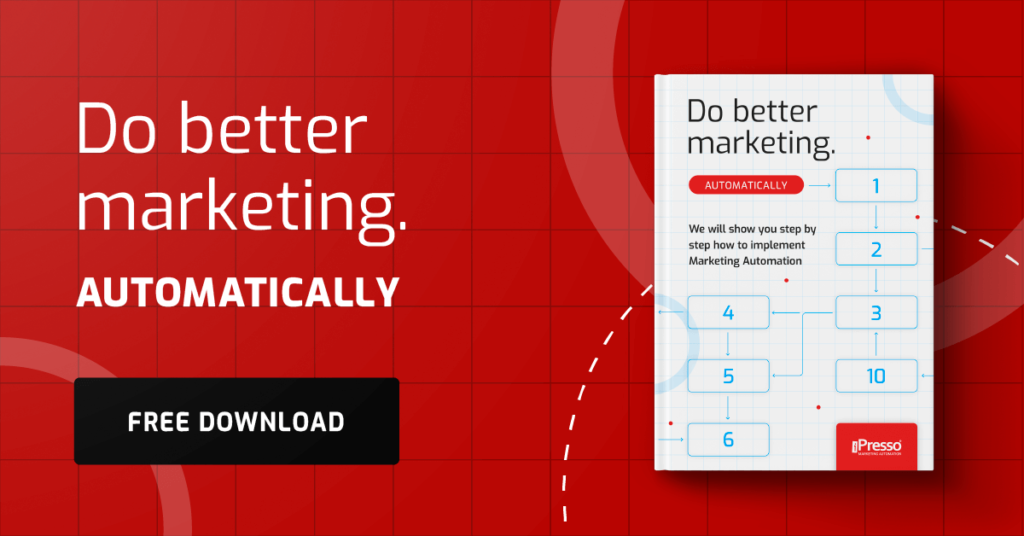Are Your A/B Tests Failing to Deliver Results? It’s Time to Start Testing Entire Automation Paths, Not Just Headlines

Many marketers meticulously monitor metrics, testing every campaign element, from button color to email headlines. These minor improvements are important and undoubtedly contribute to better results. Today, we are stepping up to the highest level of optimization: A/B/X tests for entire scenarios. We will show you how to test something much more powerful – the entire customer communication strategy that will allow you to achieve real, above-average growth.
Limitations of Classic A/B Tests
Testing the button color is important, but it only yields minor improvements. It’s like polishing the paint on a car that has a weak engine. True, breakthrough results are achieved by testing the entire “engine”—the whole logic of the marketing path.
Classic A/B tests focus on micro-optimization. We compare two versions of the same element, such as an email subject line, to see which one generates a higher open rate. While this is valuable, the growth potential is limited. Even the best-optimized headline will not save a weak, inadequate communication strategy. By focusing on details, we risk missing the opportunity to discover significantly more effective and complex strategies.
What is A/B/X Testing for Entire Paths?
To take optimization to the next level, we must think about testing entire scenarios.
Classic A/B Test: This is like choosing between two identical cars, one of which has a slightly different shade of paint. We test two versions of the same email, the same landing page, or the same advertisement.
A/B/X Testing of Paths: This is a completely different game. It’s like choosing between two (or more) entirely different car models designed to get us to the same destination, but each has a different construction, engine, and features. In marketing, this means comparing two (or more) completely distinct strategies for reaching the customer, from the first contact, through nurturing, all the way to conversion. It’s a bit like testing different routes in a GPS navigation system to see which one gets us to the goal fastest and most efficiently.
What Exactly Can We Test?
Testing entire paths allows us to verify the fundamental assumptions of our strategy. Below are examples that illustrate the scope of possibilities:
CHANNEL Test
Do our customers respond better to email-only communication, or do they value channel diversity?
- Path A: Classic nurturing based 100% on emails. After signing up for the newsletter, the client receives a series of educational emails at regular intervals aimed at building awareness and trust.
- Path B: A multichannel path. It starts with an email. However, if the client does not open the message within 24 hours, the system sends an SMS with a short reminder or a valuable tip. Lack of response to the SMS may activate a web push on the website, offering quick access to the content.
Test Goal: To check if adding other communication channels significantly increases engagement rates and the ultimate conversion, e.g., signing up for a webinar or downloading material.
TIMING and FREQUENCY Test
What communication intensity is optimal for our recipients? Do they prefer fast and intense campaigns or a calmer rhythm?
- Path A: Aggressive Strategy. The client receives 5 messages within 5 days after performing a specific action (e.g., downloading an e-book).
- Path B: Calm Strategy. The client receives the same 5 messages, but spread out over 15 days.
Test Goal: To find out what communication frequency generates the highest conversion rate while maintaining a low subscription cancellation rate.
CONTENT TYPE Test
Do our customers prefer to gain knowledge and understand value first, or are they more inclined toward a quick purchase?
- Path A: Education-Focused. After the first contact, the client receives a series of messages containing case studies, industry reports, expert articles, and invitations to free webinars. The sales offer only appears after a solid knowledge base has been built.
- Path B: Sales-Focused. From the very beginning, the client receives discount codes, invitations to product demos, information on promotions, and direct calls to purchase.
Test Goal: To understand whether our customers prefer an educational approach before making a purchase decision or if they are more open to immediate offers.
How Does This Work in a Marketing Automation Platform?
Technically, conducting A/B/X tests for entire paths is surprisingly simple thanks to modern Marketing Automation platforms:
- “Split” or “A/B/X Test” Block: A special dividing block is placed at the beginning of the automation scenario, after defining the entry point (e.g., newsletter sign-up, website visit).
- Random Contact Split: The system randomly divides the contacts entering the scenario into defined groups (e.g., 50% go to Path A, 50% to Path B, 25% to Path A, 25% to Path B, 25% to Path C, etc.). This ensures the objectivity of the test.
- Defining the Conversion Goal: A conversion goal is defined at the end of each path or at any point during the test. This could be purchasing a product, signing up for a demo, downloading material, or even reaching a specific engagement level.
- Automatic Reporting: Upon completion of the test (or during it), the Marketing Automation platform provides a detailed report that clearly indicates which path was more effective in achieving the defined goal, presenting statistics and success metrics for each version.
Summary
Testing individual creatives and elements is the absolute foundation of successful digital marketing. However, the true lever for growth and the source of above-average results lies in testing entire strategies and automation paths. This allows marketing decisions to be based on hard data, rather than intuition or guesswork. Thanks to A/B/X tests for entire scenarios, we can discover communication paths that not only increase conversion but also build stronger customer relationships and significantly contribute to business success.
Stop testing just the headlines and start unlocking the potential of entire, complex strategies. Fill out the brief and we will contact you regarding the analysis of your current automation paths and planning the first A/B/X tests.


